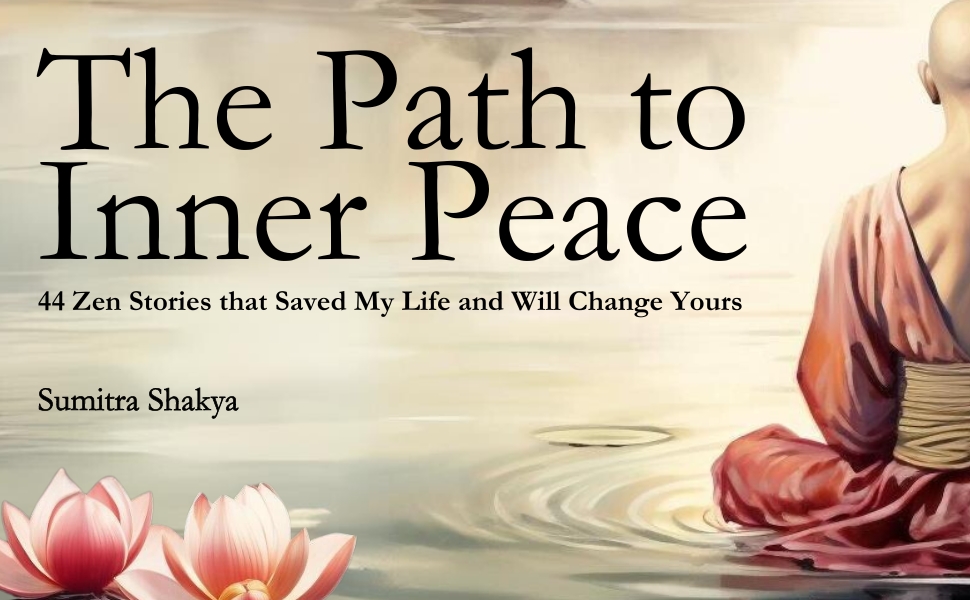What is Hitaar?
Hitaar is a concept rooted in old traditions, yet it carries a sense of timeless wisdom that feels especially relevant today. It can be understood as a soft nudge—an invitation to pause, to breathe, and to reconnect with what truly matters. At its core, Hitaar encourages a slower rhythm of life, one that is grounded in mindfulness, nature, and balance.
It is not a religion or a strict system of belief. Rather, it is a gentle philosophy, passed through quiet generations, that teaches how to live with awareness and grace. Even though its exact origins are unclear, those who follow Hitaar believe it evolved from ancient nature-based communities who sought harmony with the earth and their inner selves.
The Principles of Hitaar
Hitaar centers on a few guiding ideas that form its foundation. These principles are not rules but reminders:
1. Move with Intention
Rather than rushing through the day, Hitaar asks us to walk, eat, and speak with purpose. This doesn’t mean being slow, but being present. Each action becomes meaningful when done mindfully.
2. Listen to Nature
In the world of Hitaar, nature is not just scenery; it is a teacher. The wind, the trees, the flow of water—all offer lessons in resilience, calm, and change. Hitaar invites people to spend time outdoors, observe, and learn.
3. Embrace Stillness
Silence and rest are valuable. In a world filled with constant noise, Hitaar offers a space where stillness is sacred. This can be a moment of quiet at sunrise, a pause before reacting, or time spent alone without distraction.
4. Practice Gentle Discipline
Hitaar does not promote harshness or self-punishment. Instead, it encourages kind discipline—choosing better habits not from guilt, but from love for oneself and the world. It’s about knowing when to stop, when to act, and when to let go.
Hitaar and Daily Life
One of the most beautiful aspects of Hitaar is how easily it can be woven into everyday routines. It does not demand grand changes or strict schedules. Rather, it fits quietly into the corners of life, enhancing them with purpose and peace.
Morning Grounding
A typical morning in the spirit of Hitaar begins without alarms or rushing. It starts with breath—a moment of gratitude for the new day. Some stretch gently, others sit by an open window. The idea is to begin the day with presence instead of pressure.
Mindful Work
Whether tending a garden, writing, cooking, or working in an office, Hitaar encourages full engagement. One task at a time. Attention without hurry. Small breaks to look outside, sip water, or feel one’s breath are part of the process.
Connection and Community
While Hitaar promotes inner reflection, it also values shared moments. Spending time with loved ones, not distracted by screens or schedules, is seen as nourishing. Sharing a simple meal, walking together, or listening deeply is how relationships are honored.
Evening Retreat
As the day ends, those practicing Hitaar slow down again. Artificial lights are dimmed. Conversations soften. Many keep a small notebook to reflect on the day, not for productivity but for self-awareness. Sleep is welcomed like a return to the earth.
The Symbolism Behind Hitaar
Though Hitaar is more a way of being than a belief system, it is often symbolized by a single open leaf. The leaf represents growth, gentleness, and alignment with nature’s rhythm. It reminds followers that change can be soft, progress can be quiet, and beauty can be simple.
Colors associated with Hitaar tend to be earth tones—deep greens, browns, soft grays—each representing a different element of life: grounding, renewal, stability.
Modern Applications of Hitaar
Even though Hitaar comes from older wisdom, it has powerful relevance in today’s world. As people grow tired of constant notifications, endless goals, and fast everything, many are turning back toward slower, more centered ways of living.
Stress Reduction
Hitaar offers a counterbalance to stress and burnout. By encouraging time in nature, mindful breathing, and intentional rest, it helps reduce tension and restore emotional balance.
Creative Clarity
For artists, writers, and makers, Hitaar provides the mental space needed for inspiration. Slowing down the mind allows new ideas to rise gently to the surface.
Health and Well-being
Simple practices like walking barefoot, drinking herbal infusions, or eating seasonal food—common in the Hitaar approach—support physical wellness. There’s a focus on nourishment, not punishment.
Environmental Harmony
Because Hitaar emphasizes listening to nature, it naturally leads to more eco-conscious choices. Reusing, repurposing, and respecting natural cycles become second nature. Living with less is not a sacrifice but a form of appreciation.
Hitaar is Not Escapism
Some might mistake Hitaar as a way to avoid modern responsibilities. But in truth, it is the opposite. Hitaar strengthens our ability to meet life fully—but with calm, clarity, and compassion. It does not remove challenges, but offers tools to meet them with steadiness.
How to Begin Practicing Hitaar
You don’t need to leave your job, move to the mountains, or give away all your belongings. Practicing Hitaar starts with small steps:
- Wake up 10 minutes earlier and enjoy a slow start.
- Spend five minutes a day in silence, eyes closed, breathing deeply.
- Walk in nature once a week, even if it’s just in a park or garden.
- Replace one digital activity with something physical, like drawing or baking.
- Keep a “Hitaar Journal” to write down quiet thoughts or natural observations.
Over time, these simple actions reshape your relationship with the world.
Why Hitaar Matters Today
In times of chaos and constant change, people need anchors. Hitaar is one such anchor—not rigid, but flexible. It reminds us that we are more than our schedules, devices, and deadlines. We are part of something older, deeper, and wiser.
It also fills a gap that technology cannot: the need for slowness, for meaning, and for human connection. When everything else feels noisy, Hitaar speaks in a whisper—and somehow, that whisper is exactly what we need.
Conclusion
Hitaar is more than a word. It is an experience, a quiet way of seeing and being. It asks for no grand gestures, no perfection, no achievement. Only awareness. Only presence. Only the willingness to return—to yourself, to nature, to stillness.
Those who walk the path of Hitaar do not rush. They move with purpose. They listen with openness. And in doing so, they rediscover something rare in the modern age: peace that does not demand anything but the moment itself.


